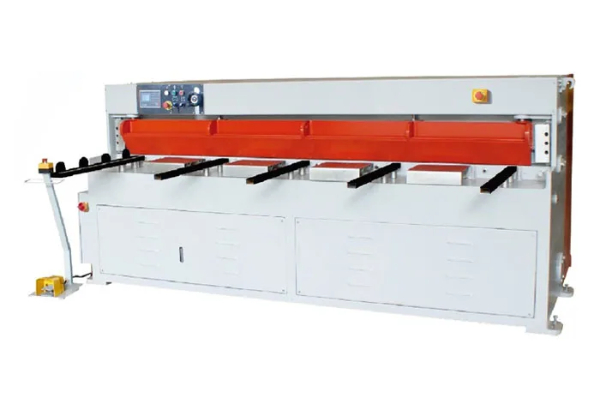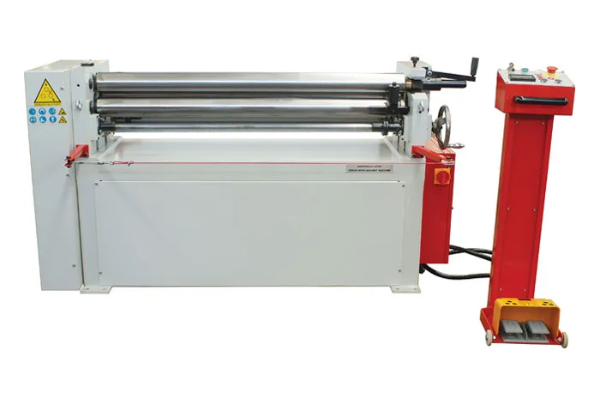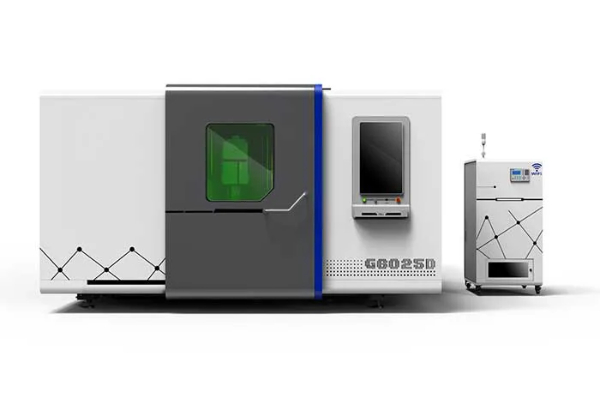
Material Considerations for Effective Press Brake Bending
- By:Metmac
- 2024-06-05
- 92
Press brake bending is a metal fabrication process that involves bending sheet metal or metal plates using a press brake machine. The material used for bending plays a crucial role in determining the effectiveness and quality of the bend. Here are some key material considerations for effective press brake bending:
Material Type
The type of material used for bending directly affects the bending process and the resulting bend quality. Here are some common materials used in press brake bending:
– Steel: Steel is a strong and versatile material commonly used in press brake bending. It is available in various grades, each with specific strength, ductility, and formability properties.
– Stainless Steel: Stainless steel is a corrosion-resistant material that provides excellent strength and durability. It is more difficult to bend than steel due to its higher hardness.
– Aluminum: Aluminum is a lightweight and malleable material that is easy to bend. It is commonly used in applications where corrosion resistance and weight reduction are important.
– Copper: Copper is a soft and ductile material that is highly formable. It is suitable for tight bends and intricate shapes.
Material Thickness
The thickness of the material determines the bending force required and the bend radius that can be achieved. Thicker materials require higher bending forces and larger bend radii, while thinner materials can be bent with lower forces and tighter radii.
Material Strength
The strength of the material influences its resistance to bending. High-strength materials, such as heat-treated steels, require higher bending forces and may exhibit springback. Softer materials, such as aluminum, are easier to bend and exhibit less springback.
Material Ductility
Ductility is the ability of a material to deform plastically without fracturing. Ductile materials, such as copper and aluminum, can undergo significant bending without cracking or tearing. Brittle materials, such as cast iron, have low ductility and are prone to fracture during bending.
Material Formability
Formability is the measure of a material’s ability to change shape under the applied bending forces. Highly formable materials, such as aluminum and copper, can be bent into complex shapes without cracking or tearing. Materials with lower formability, such as stainless steel, require more careful bending techniques to avoid defects.
Conclusion
Material considerations play a crucial role in effective press brake bending. Understanding the properties of the material used, including its type, thickness, strength, ductility, and formability, is essential for selecting the appropriate bending parameters and achieving the desired bend quality. By carefully considering these material factors, manufacturers can optimize their press brake bending operations and produce precise and durable bends that meet the required specifications.
-
The Advantages of Using a Sheet Roll Forming Machine in Manufacturing
2024/09/14 -
How to Optimize Your Laser Sheet Cutting Machine for Maximum Performance
2024/09/12 -
How to Maximize Efficiency with Modern Sheet Metal Working Machines
2024/09/04 -
The Environmental Benefits of Using Duct Board Grooving Machines
2024/09/03
-
Efficient Laser Cutting Machines for Steel Plate and Sheet Metal Fabrication
2025/07/03 -
Versatile Sheet Metal Machinery for Precision Fabrication
2025/07/03 -
High-Quality Sheet Metal Laser Cutting Machines for Modern Fabrication
2025/07/03 -
High-Precision Sheet Metal Equipment for Modern Manufacturing
2025/06/28
-
Innovations in Steel Strip Slitting Machine Design and Technology
2024/05/11 -
Improving Accuracy in Metal Fabrication with Laser Metal Shear Machines
2024/05/11 -
Latest Technological Advancements in Rectangular Duct Machines
2024/05/11 -
Integrating Automation with Rectangular Duct Machines for Enhanced Productivity
2024/05/11
-
A Guide to the Latest Innovations in Sheet Metal Folding Machines
2024/11/29 -
Key Features to Consider When Investing in a Sheet Metal Folding Machine
2024/11/28 -
Enhancing Precision with Advanced Sheet Metal Folding Machines
2024/11/27 -
How to Choose the Right Sheet Metal Folding Machine for Your Workshop
2024/11/26



